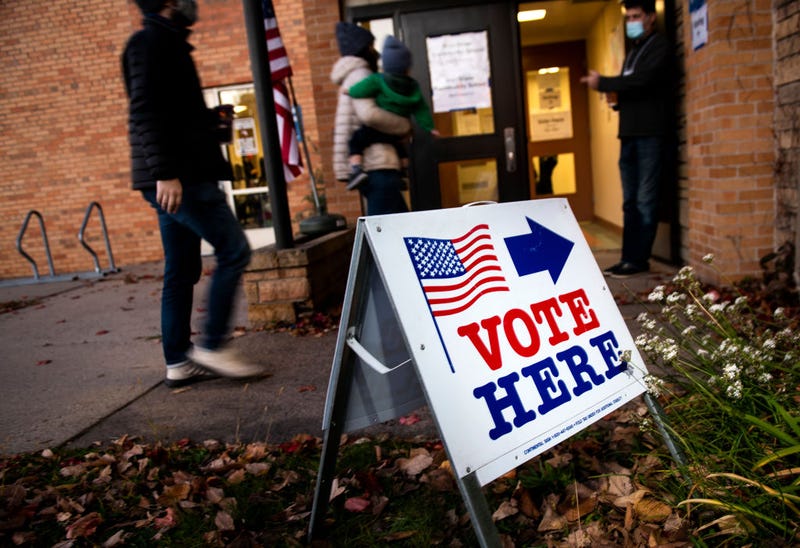
With the legislative redistricting shaking up Minnesota politics, former Assistant Senate Minority Leader Jeff Hayden says it appears that the DFL House is confident they can maintain control headed into the election cycle, especially with the growing metro area.
“I think that there’s a longer shot in my former Caucus in the Senate, though they have a good program and good staff and leader,” Hayden says. “Brandon Lopez, I know, is really working hard. So you never know. A lot will be decided on what happens right now in the legislative session, and what gets delivered for Minnesotans and who they trust, who they feel did the work for them.”
The new legislative maps push more districts toward the metropolitan area and will pit multiple incumbents against each other.
State lawmakers have been reacting to the latest redistricting maps for Minnesota's congressional and legislative districts with former Senate Majority Leader Amy Koch telling WCCO’s Vineeta Sawkar during that the high amount of pairings caught her attention, especially with how many women were paired. Six of the ten Senate pairings involved women.
“It also struck me that it’s a little hard, like this map was a real toss-up” Koch says. “Often times the judges do sort of a least changes map. This map was like taking a political chess board and throwing it up in the air. It was really something to see.”
The two minority leaders also received pairings in their respective districts.
Channel 5 Eyewitness News political reporter and WCCO Radio fill-in host Tom Hauser told Sawkar on the WCCO Morning News its likely $10 million to $20 million worth of outside money will be spent in the 2nd district alone this year.
“Because it is so close I think it's a partisan Democratic advantage still of one point and that's what it was before redistricting,” Hauser explains. “It's pretty much the same now, even though some of the county's changed. Angie Craig lost some counties that were a little more heavily Republican and then gained some Democratic areas. But it all it came out in the wash to about the same as before redistricting. Bottom line, it’s still very, very heavily contested.”

